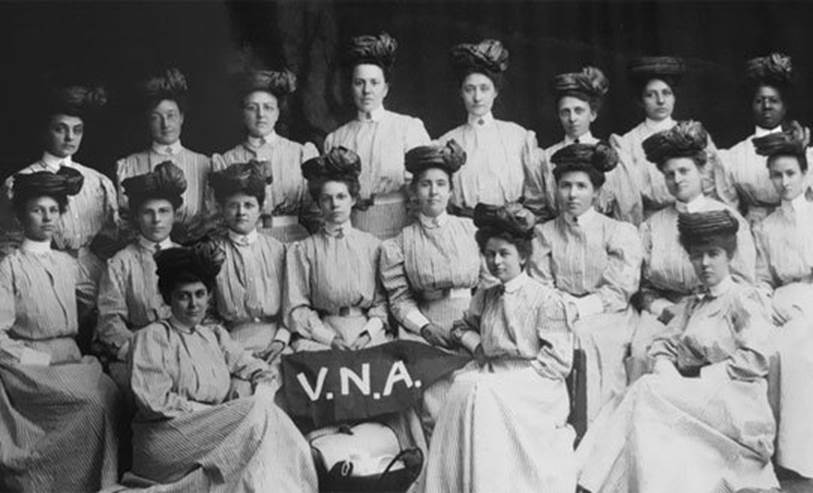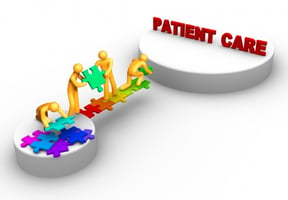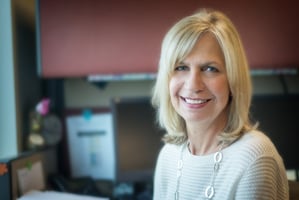Recent studies show that one out of every five American adults will have a mental illness in his or...
Celebrating Women’s History Month: The Baker's Dozen
Changing Women’s Roles in America

Before women won the right to vote and movements like “See Her To Be Her” could be imagined, a group of visionary women in Greater Cleveland was breaking traditional barriers for themselves and future generations.
At the turn of the century, Cleveland was one of America’s growing urban centers. The progress of the industrial revolution continued, factory output grew, and business flourished. At the same time, cities were becoming overcrowded. Factory workers and laborers faced poverty, poor housing and sanitation problems, leading to a spectrum of diseases including smallpox, influenza, and typhoid fever. Increased mortality, especially among infants, was on the rise. Living conditions were unsanitary and the air was polluted.
In spite of these conditions, Cleveland’s population soared. In 1900, it was the seventh largest city in America.
As the city’s industrialists continued to build this modern new world, a unique group of women were also building something visionary: an organization to address growing humanitarian problems. This group of thirteen affluent women, known as the Baker’s Dozen, represented a who’s who of the city’s most wealthy families.
The women of the Baker’s Dozen devoted themselves to social services throughout the city, but one cause stood out among the others: the dire need for healthcare services for those who could not otherwise afford it. In fact, the Baker’s Dozen ultimately would disband to commit all their efforts to this urgent issue.
And so began the vision for the Visiting Nurses Association.
But they did not do it alone. The Baker’s Dozen joined forces with another formidable pioneering group of women who brought their own skills to the table: the Cleveland Graduate Nurses Association. The group was primarily comprised of the first graduates of the Lakeside Hospital School of Nursing. An important Cleveland landmark, the Lakeside Hospital building continues as a hub for women’s services on University Hospitals’ campus today, housing both Rainbow Babies and Children’s Hospital and MacDonald Women’s Hospital.
The Graduate Nurses strived to be accepted as a professional group. Tending to the sick was a woman’s role, and they wanted to transition from unpaid volunteers to paid professionals. They brought a keen awareness of the need for nursing in the city. Hospitals were too expensive, so they looked beyond existing parameters to find new ways to bring nursing to the people. Their mission was to provide health services directly in the community with an emphasis on education about hygiene, sanitation, disinfection, and cleanliness.
As the nurses worked to advance their mission, they found securing financial and public support to be a challenge. Hence, the Graduate Nurses, with their expertise in healthcare, and the Baker’s Dozen, with their philanthropy and social influence, joined to become a powerful force.
Together, they built the foundation for today’s VNA, and brought nursing care to those who would not otherwise access it. The effort helped break down the boundaries of women’s traditional roles as caregivers to paid professionals. Just as significantly, the VNA was an association conceived of, and directed by, women.
This diverse group of women recognized the potential and strength in working together. The work gave them the opportunity to apply “traditional female skills” to broader purposes. This group, and the board of trustees that followed, advanced early women’s roles in the workplace while making a major impact on healthcare throughout the city.
Their dedication laid the groundwork for the important services the VNA of Ohio provides today. For 120 years, still bringing comfort to the people. Still teaching. Still helping the most vulnerable. Still going where others will not.




